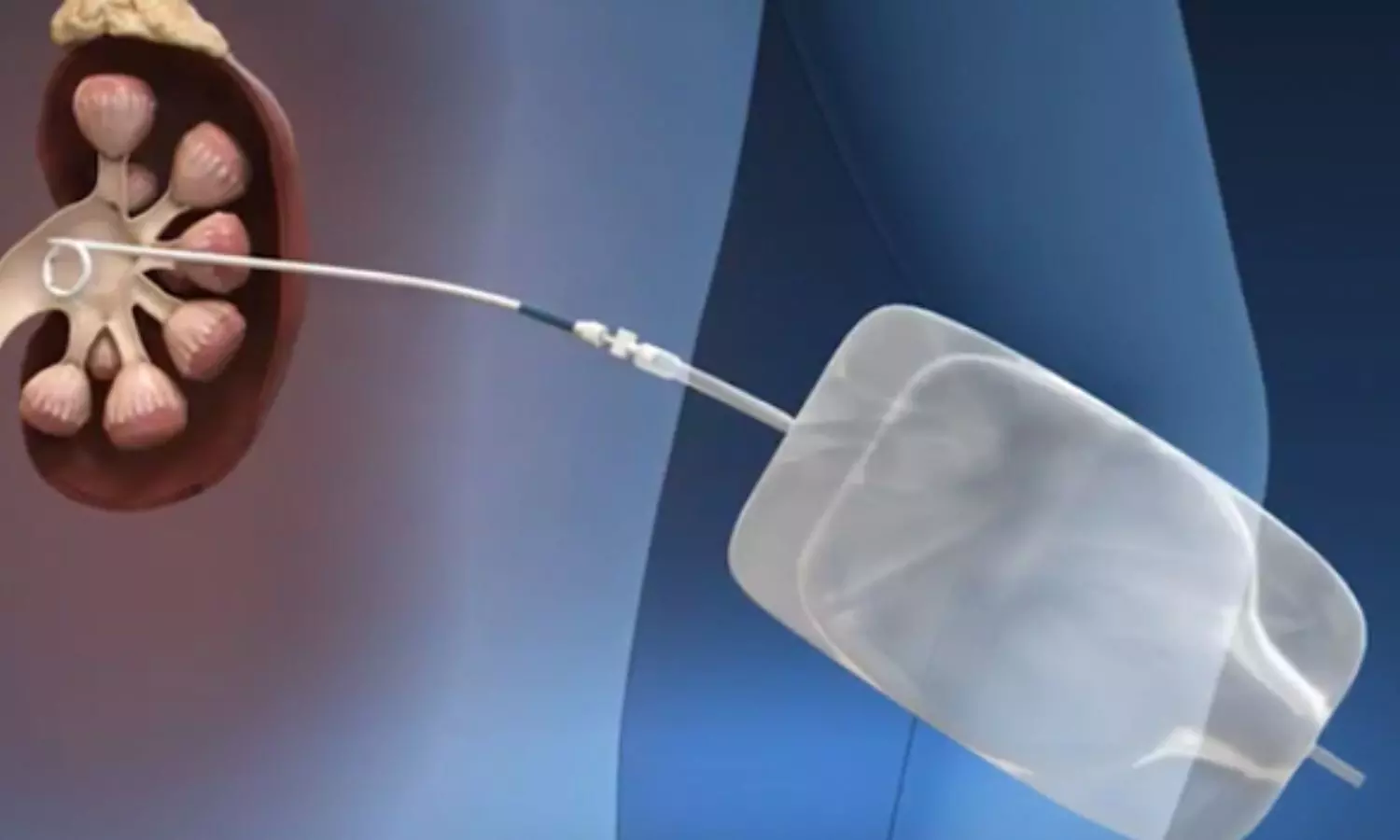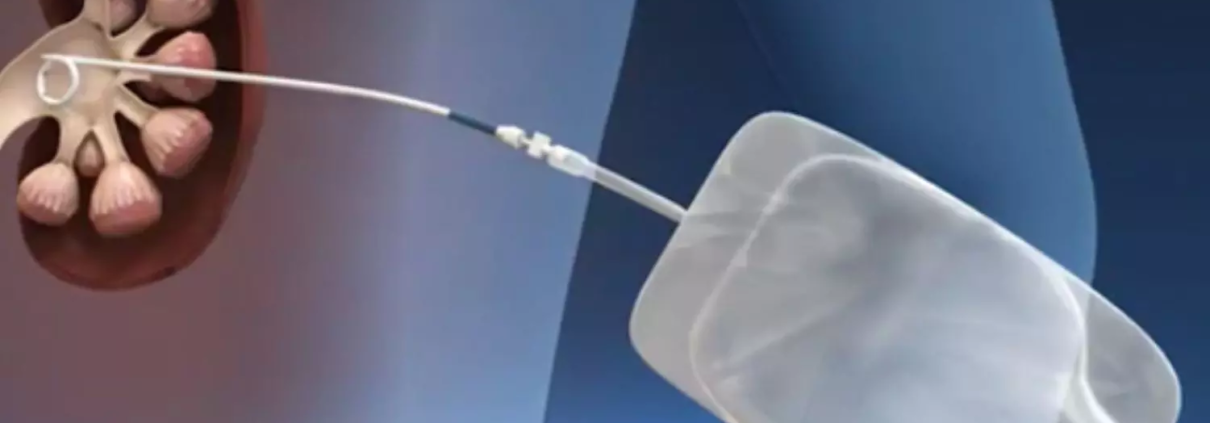Flank Position Safe and Effective for Kidney Stone Removal Surgery among obese and high risk patients: Study

A recent comprehensive meta-analysis focused on the safety and efficacy of the flank position during percutaneous nephrolithotomy (PCNL) for the removal of kidney stones and suggests that this surgical position may offer distinct advantages for certain high-risk patient groups.
The study systematically reviewed data from multiple databases including PubMed, Embase, SCOPUS, the Cochrane database libraries and the Chinese Biomedical Literature Database. This research included 7 randomized controlled trials which encompassed a total of 587 patients. By employing rigorous inclusion criteria and analytical methods using RevMan 5.4 software, the team led by Changjian Zheng aimed to provide a clear comparative analysis between the flank and the more traditional prone positions used during PCNL.
The key findings from the study revealed a statistically significant lower reduction in hemoglobin levels in the patients who were operated in the flank position when compared to the individuals in the prone position. The mean difference in hemoglobin reduction was −0.15 with a 95% confidence interval from −0.22 to −0.08 that indicates lesser blood loss during the surgery which is a crucial factor for patient safety.
Also, the analysis showed no significant differences in several other critical outcomes such as the stone-free rate, operative time, length of hospital stay and postoperative complications categorized under Clavien grades I, II and III. These results suggest that the flank position does not compromise the effectiveness or the safety of the surgery when compared to the prone position.
The flank position that involves the patient lying on their side was considered particularly advantageous for obese patients or the individuals with reduced cardiopulmonary function, as this can potentially reduce the stress on the heart and lungs during the operation.
Despite these positive results, the study advocate for more extensive trials to further validate their findings. While the results are encouraging, confirming these benefits across a broader demographic and with larger sample sizes is crucial for universal recommendation.
The findings have significant benefits on clinical practice in the treatment of nephrolithiasis, which affects millions worldwide and often requires surgical intervention. The flank position could become a preferred method in PCNL procedures by potentially offering a safer alternative for high-risk patients. This also helps in ensuring better patient outcomes and potentially reduces the risks associated with this common surgery.
Reference:
Zheng, C., Yang, H., Lv, Y., & Yang, L. (2024). Flank versus prone position in percutaneous nephrolithotomy: a meta-analysis of randomized controlled studies. In Urolithiasis (Vol. 52, Issue 1). Springer Science and Business Media LLC. https://doi.org/10.1007/s00240-024-01557-4



